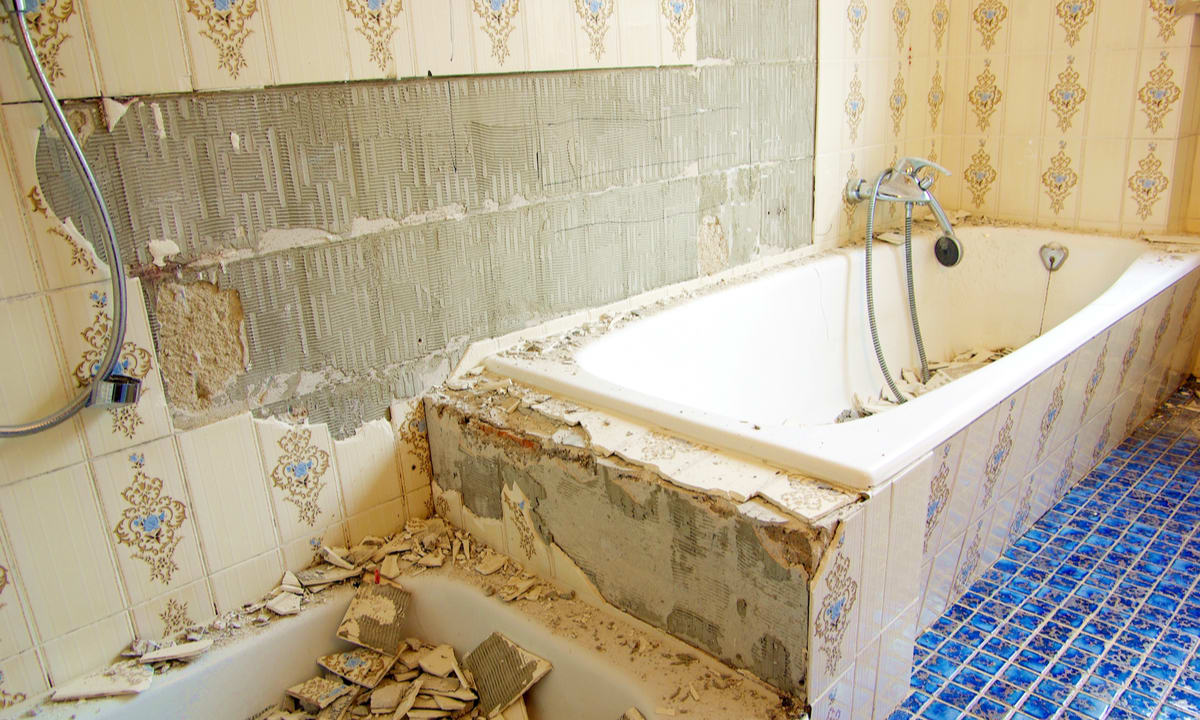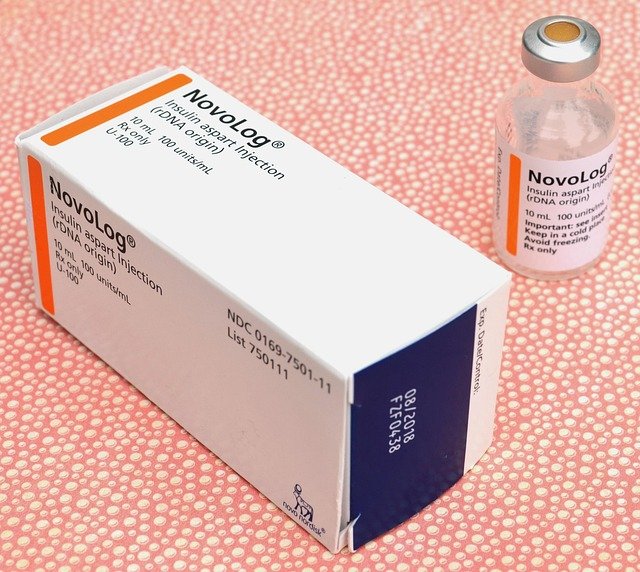Uncovering the Reality of Hair Transplant Costs in Brisbane: Essential Insights and Hidden Factors to Consider
When considering hair restoration in Brisbane, understanding the full financial picture goes beyond the initial quote. Hair transplant procedures involve multiple cost factors that many patients discover only after beginning their research journey. From technique variations to post-operative care requirements, several elements influence the final investment in your hair restoration.

Understanding the Factors that Influence Hair Transplant Costs in Brisbane
The cost of hair transplantation in Brisbane varies significantly based on several key factors. The extent of hair loss, measured by the Norwood scale, directly impacts the number of grafts required. Patients with early-stage hair loss typically need 1,000-2,000 grafts, while advanced cases may require 3,000-5,000 grafts or more.
Surgeon experience and clinic reputation also play crucial roles in pricing. Established practitioners with extensive track records often charge premium rates, reflecting their expertise and success rates. The location of the clinic within Brisbane can affect costs, with premium areas commanding higher prices due to overhead expenses.
The complexity of your individual case influences pricing as well. Patients with scarring from previous procedures, unusual hair patterns, or specific aesthetic goals may require additional time and specialized techniques, resulting in higher costs.
Comparing Hair Transplantation Techniques and Their Financial Implications
Two primary techniques dominate the hair transplant market: Follicular Unit Transplantation (FUT) and Follicular Unit Extraction (FUE). FUT, also known as the strip method, typically costs less due to faster harvesting times. This technique involves removing a strip of scalp from the donor area, making it more efficient for large sessions.
FUE commands higher prices because it requires individual extraction of hair follicles, making it more time-intensive. However, FUE offers advantages like minimal scarring and faster recovery times. Advanced FUE techniques, such as robotic-assisted procedures, represent the premium end of the market with corresponding price increases.
DHI (Direct Hair Implantation) represents another technique variation, often priced similarly to advanced FUE methods. The choice between techniques affects not only immediate costs but also long-term value considerations based on results and recovery requirements.
Exploring Less-Discussed Expenses in Hair Restoration Procedures
Beyond the primary procedure cost, several additional expenses often surprise patients. Pre-operative consultations and medical assessments may incur separate charges, particularly if multiple appointments are required. Some clinics include these in package deals, while others charge separately.
Post-operative medications represent another cost category. Patients typically need antibiotics, pain management medications, and specialized shampoos. These expenses can range from $200-500 depending on individual requirements and prescription choices.
Follow-up appointments and check-ups may involve additional fees, especially if complications arise or additional treatments become necessary. Some clinics offer inclusive packages covering post-operative care, while others charge per visit.
Transportation and accommodation costs can be significant for patients traveling from regional areas. Multiple appointments may require overnight stays, adding to the overall investment in hair restoration.
Insights from Hair Transplantation Experts on Cost vs. Outcomes
Hair transplant specialists emphasize that cost should be balanced against expected outcomes and long-term value. Choosing procedures based solely on price can lead to disappointing results requiring revision surgeries, ultimately increasing total costs.
Quality indicators include surgeon certification, clinic accreditation, and patient testimonials. These factors often correlate with higher initial costs but better long-term outcomes. Experts recommend evaluating the cost per graft alongside the surgeon’s track record and patient satisfaction rates.
The permanence of hair transplant results makes them cost-effective compared to ongoing treatments like medications or topical solutions. While initial investments seem substantial, the long-term value often justifies the expense when considering decades of results.
Planning for Unexpected Costs: What to Know Before Considering a Hair Transplant
Revision procedures represent the most significant potential unexpected cost. While reputable surgeons have low revision rates, factors like healing complications or unsatisfactory density may require additional procedures. Setting aside 20-30% of the initial procedure cost for potential revisions provides financial security.
Touch-up sessions might be necessary to achieve desired density or address areas that didn’t heal optimally. These typically cost less than full procedures but should be factored into budget planning.
Extended recovery periods can result in additional time off work, representing indirect costs through lost income. Some patients require longer healing times than anticipated, affecting their return to normal activities.
| Clinic Name | Technique Offered | Estimated Cost Range (AUD) |
|---|---|---|
| Hair & Skin Science | FUE, FUT | $8,000 - $18,000 |
| Advanced Hair Studio | FUE, DHI | $10,000 - $20,000 |
| Medical Hair Restoration | FUE, FUT | $7,500 - $16,000 |
| Queensland Hair Transplant | FUE, Robotic FUE | $12,000 - $25,000 |
Prices, rates, or cost estimates mentioned in this article are based on the latest available information but may change over time. Independent research is advised before making financial decisions.
The investment in hair transplantation extends beyond the procedure itself, encompassing various factors that influence both immediate costs and long-term value. Understanding these elements helps patients make informed decisions about their hair restoration journey. Thorough research, consultation with qualified practitioners, and realistic budgeting ensure the best possible outcomes while avoiding financial surprises throughout the process.
This article is for informational purposes only and should not be considered medical advice. Please consult a qualified healthcare professional for personalized guidance and treatment.




